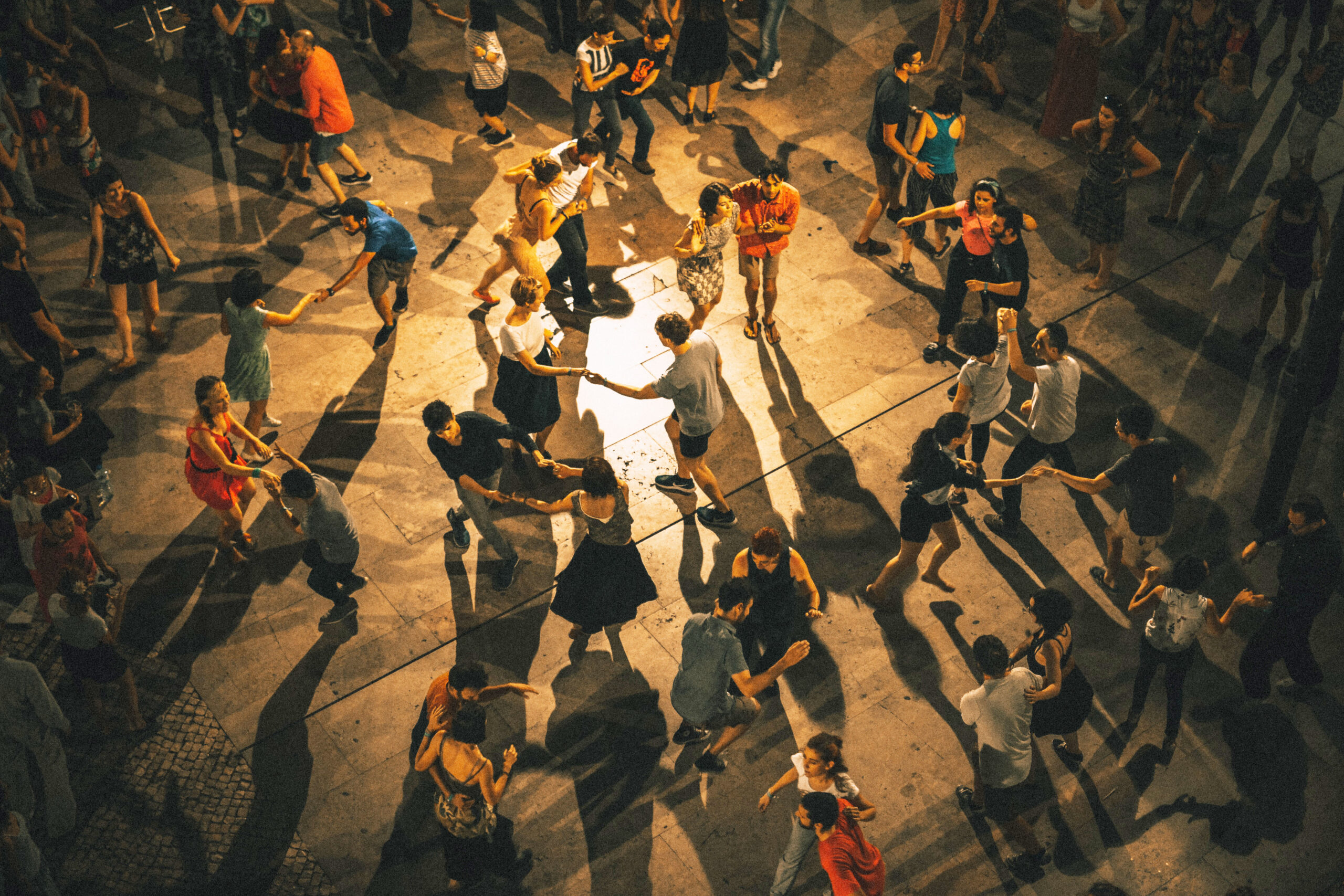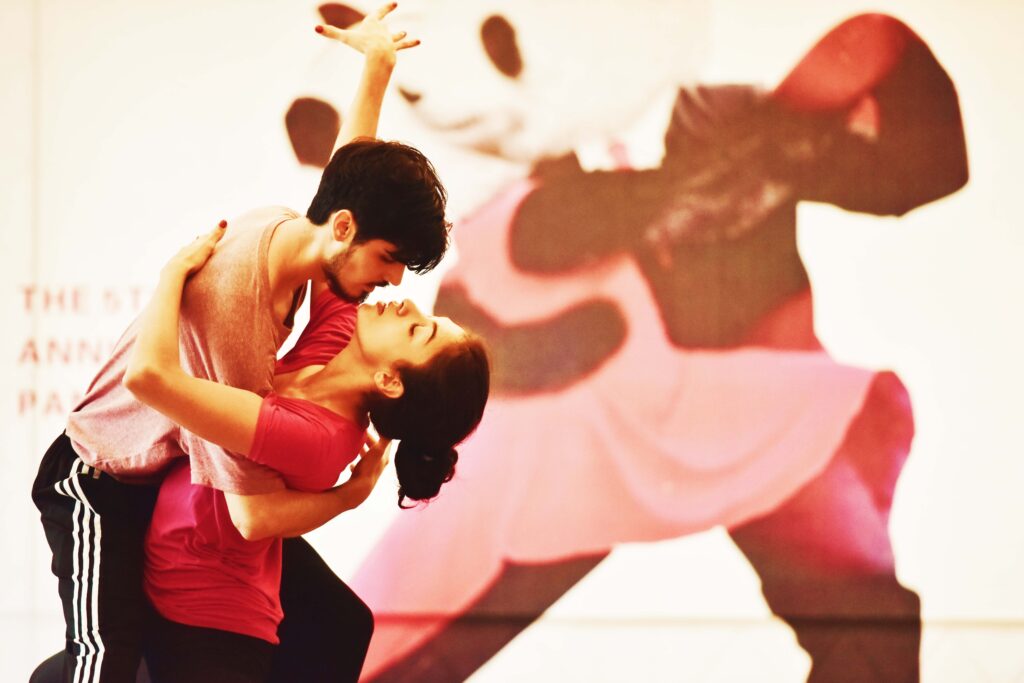Get ready to sizzle on the dance floor and become a salsa superstar with our ultimate guide to the hottest spots in LA

by Stefanie Michaels
Salsa dancing is super fun, exciting, and a great way to stay active— it’s a full-body workout! Whether in a class or a salsa night at a club, beginners can follow behind expert teachers and sometimes even be taught by backup dancers from the Hollywood entertainment business.
On top of the physicality, there’s also a social aspect to this style of dancing that isn’t there for other types of dance. These dancers swear by positive outcomes, such as reducing stress, anxiety, and depression.
It also can be a great way to explore one’s own culture or learn about new cultures, as it is a dance that originated in Latin America and has been embraced all over the world.
There are many places in Los Angeles where you can salsa dance, some popular options include:
- Salsa Con Fuego: This studio offers lessons and dancing for all skill levels. They also host dance parties and events.
- Conga Room: Sometimes called, “the Room”, the venue is known for its live latin music and dancing. Check their schedule as they offer lessons for beginners.
- The Mayan: Another popular venue for this style of dancing in Los Angeles. They host latin nights and events featuring live music and DJs.
- The Studio: The dance studio offers varied class options, and boast latin classes and workshops for all skill levels.
- The Sugar Shack: This is a latin club that offers lessons and dancing on weeknights. They also host dance parties on the weekends.
- The Salsa Room: This is a dance venue that specializes in salsa and other Latin dances. They host latin dance parties and events on the weekends at their Salsa Club.
- The Salsa Lab: This is a dance school that offers classes and workshops for all skill levels. Their instructors are experienced and passionate about salsa dancing, and they strive to create a fun and welcoming environment for everyone.

Tip: If there are no latin classes where you live, there are several online apps to learn with at home.
Did you know?
Some early pioneers of salsa dancing who are often credited with popularizing the dance form and helping it gain recognition include Cuban dancer and choreographer Enrique Jorrin, who is credited with creating the Cha-Cha-Cha, and Puerto Rican dancer and choreographer Johnny Pacheco, who co-founded the Fania All-Stars and popularized latin music around the world. These dancers, among others, helped lay the foundation for this style of dancing and paved the way for future generations of latin dancers to gain recognition and fame.

A little history:
The origin of salsa dancing is difficult to determine, as it is a fusion of several different dance styles and musical influences. It is widely believed to have emerged in the Caribbean, particularly in Cuba and Puerto Rico, in the mid-20th century.
Various cultural influences, including Cuban Son, Afro-Cuban and Afro-Caribbean rhythms, and jazz shaped salsa music and dancing. Therefore, the style was created through the collective efforts of various musicians and dancers rather than being the invention of a single person.
The name “salsa” for the dance style is believed to have originated in the 1960s or 1970s in New York City, which was a significant center of Latin American music and dance.
The term “salsa” is Spanish for “sauce,”–it is thought that the name was chosen because, like a good sauce that combines various ingredients, salsa dance combines different styles and rhythms of Latin American music and dance.
The dance style is a fusion of several Latin American dance styles, including Cuban son, cha-cha-cha, mambo, and others. Its energetic, rhythmic footwork characterizes it, often improvised and fluid, sensual body movements.
This hot dance has become popular worldwide in many different countries and cultures. It is often associated with Latin American culture and is frequently danced to Latin American music, although it can also be danced to other types of music.


